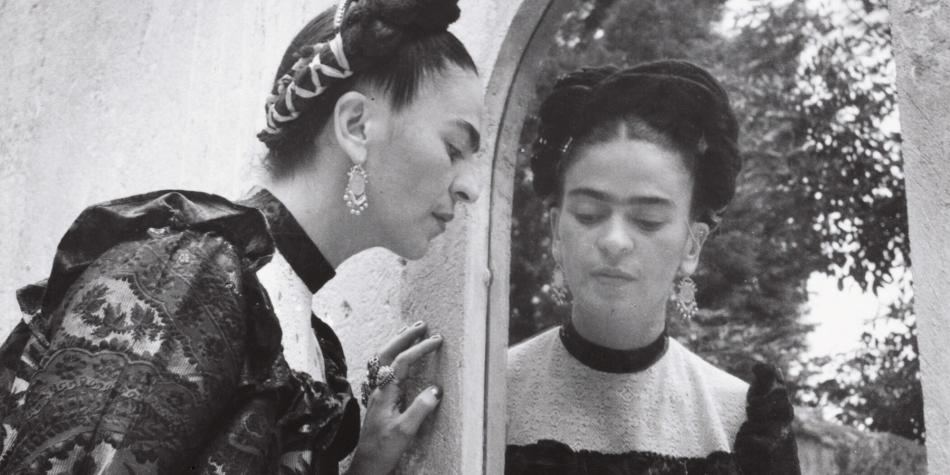AMOR
conceived 1998, fabricated 2006
Robert Indiana
Artist, American, 1928 - 2018

Born in New Castle, Indiana in 1928, Robert Clark changed his last name to the state of his birth in 1958, signifying his strong identification with American culture as well as his urge for self-invention. He came to prominence during the heyday of Pop art in the 1960s with paintings and sculptures that combined the signage of advertising with the blocky geometries of abstraction. A play on Indiana's famous LOVE sculpture, AMOR is constructed from red and yellow polychrome aluminum. It is the first sculpture by Indiana to enter the Gallery's collection.
Indiana originally conceived the familiar "Love" graphic in drawings, paintings, and sculptures between 1964 and 1966. The first sculptural version was displayed at an exhibition at the Stable Gallery in Manhattan in 1966, and the artist continued working with the motif for many years. The image became most widely known through a commission for a Museum of Modern Art card in 1965 and the 8-cent "Love" stamp issued in 1973 by the United States Postal Service. It became an emblem of the 1970s in the U.S., associated with youth-driven counter-culture during the Vietnam conflict.
Indiana's seminal design, with its distinctively inclined "O," has been translated into several languages, materials, and colors. This Spanish (or possibly Latin) example made its first appearance on a plaza in Madrid in 2006.
Sculpture Garden, Northeast Quadrant
Artwork overview
-
Medium
polychrome aluminum
-
Credit Line
Gift of Simon and Gillian Salama-Caro in memory of Ruth Klausner
-
Dimensions
overall: 243.84 × 243.84 × 121.92 cm (96 × 96 × 48 in.)
base: 16.51 × 246.38 × 127 cm (6 1/2 × 97 × 50 in.)
overall with base: 260.35 × 246.38 × 127 cm (102 1/2 × 97 × 50 in.)
gross weight (sculpture): 684.932 kg (1510 lb.)
gross weight (base): 99.791 kg (220 lb.) -
Accession Number
2012.27.1
-
Copyright
©2013 Morgan Art Foundation/Artists Rights Society (ARS), New York
More About this Artwork

Article: 15 LGBTQ+ Artists to Know
Discover the lives of 15 LGBTQ+ artists and their art, much of which you can see at the National Gallery.
Artwork history & notes
Provenance
Simon and Gillian Salama-Caro, New York; gift 2012 to NGA.
Associated Names
Exhibition History
2006
Robert Indiana, outdoor exhibition on the Paseo de Recoletos and Paseo del Prado, Madrid, 2006, unnumbered catalogue, repro.
2007
Robert Indiana: Gran Via Don Diego López de Haro, Bilbao, 2007.
Robert Indiana: Gran Via Marqués del Turia, Valencia, 2007.
Bibliography
2014
Cooper, Harry. "Robert Indiana, Amor." National Gallery of Art Bulletin no. 50 (Spring 2014): 27-28, repro.
Wikidata ID
Q63864390

